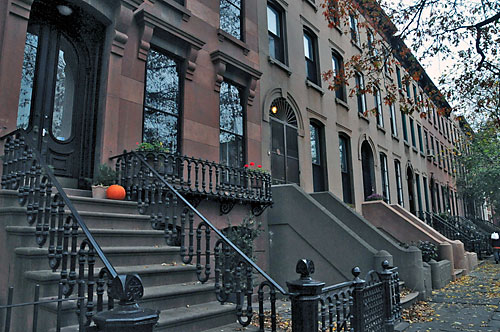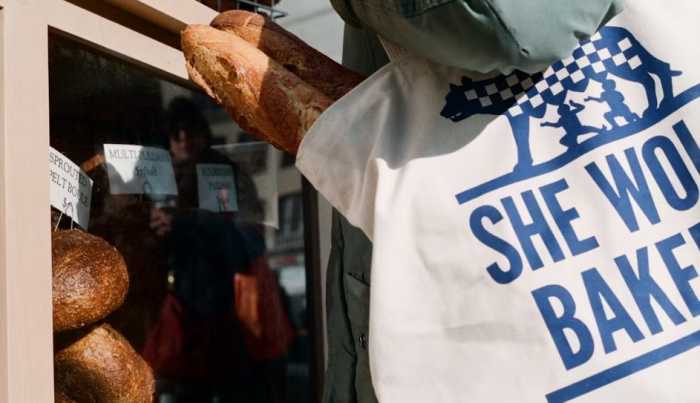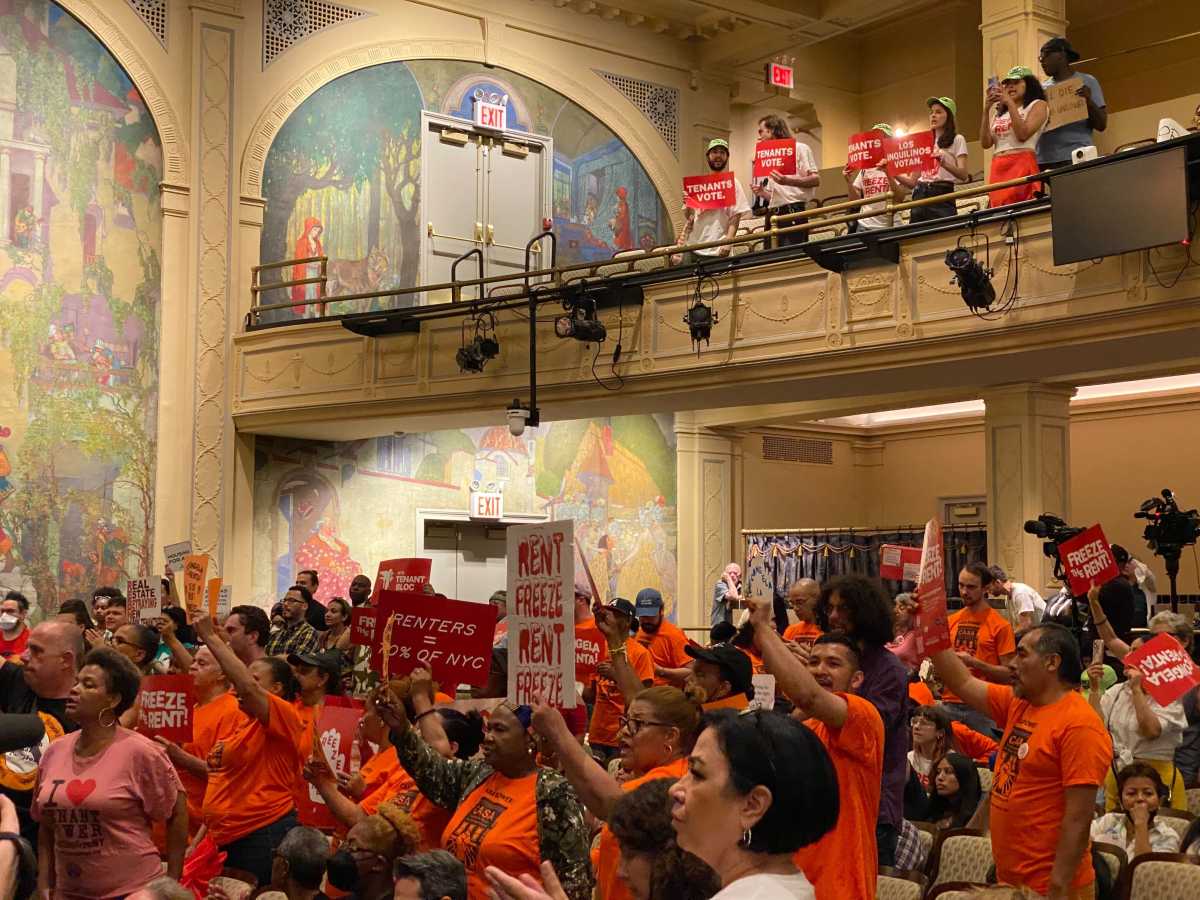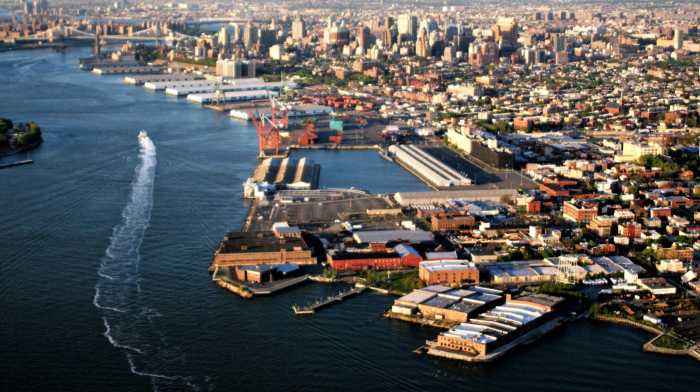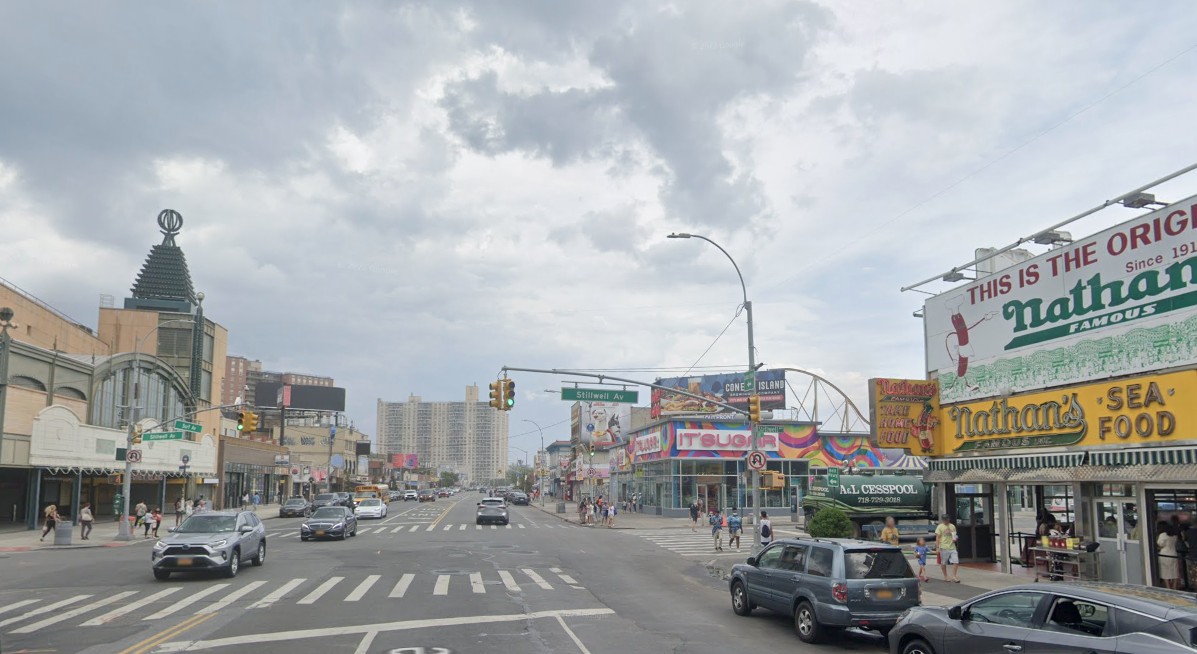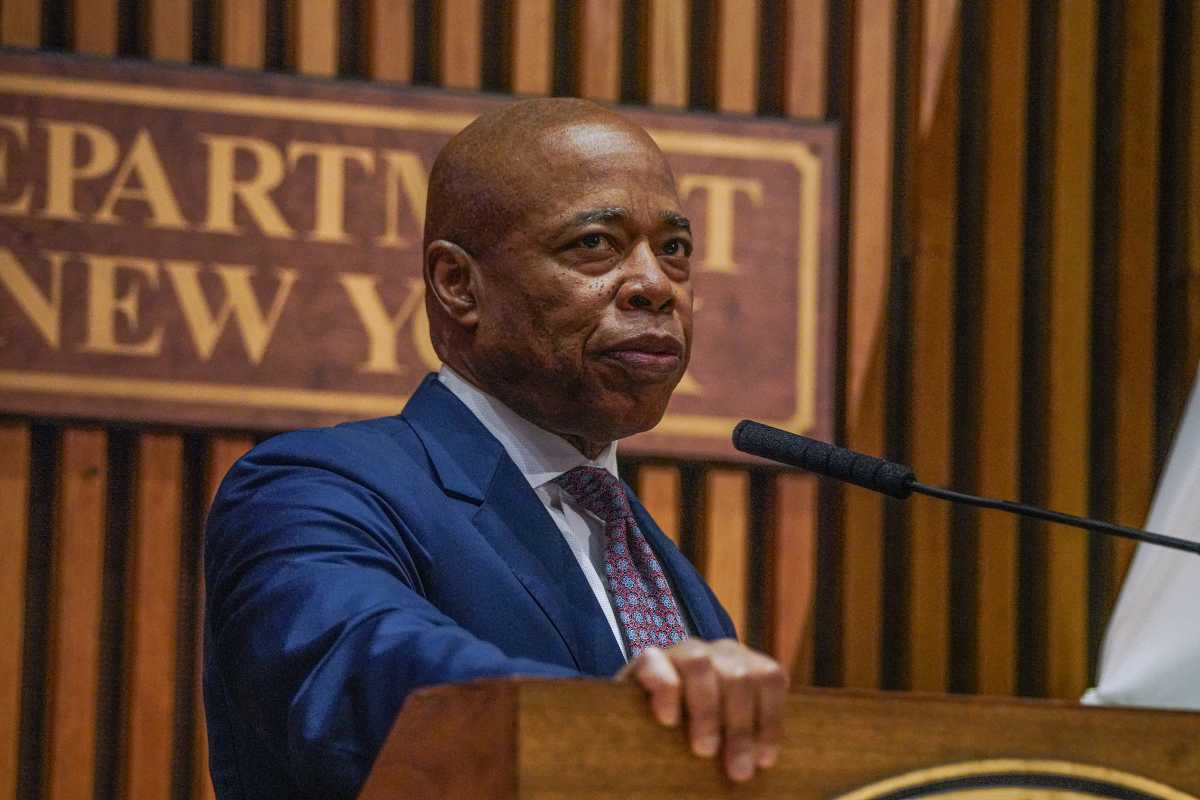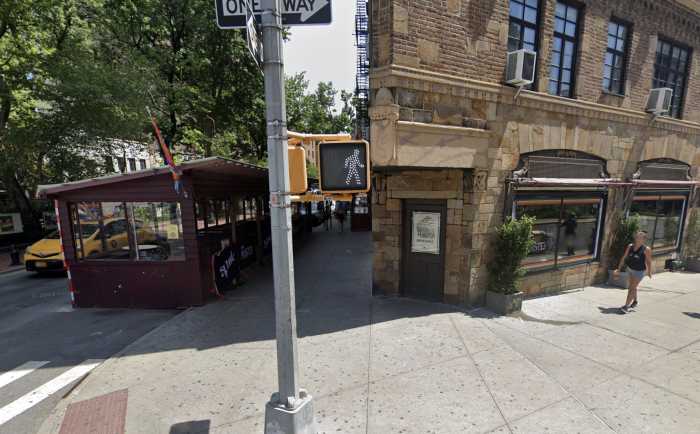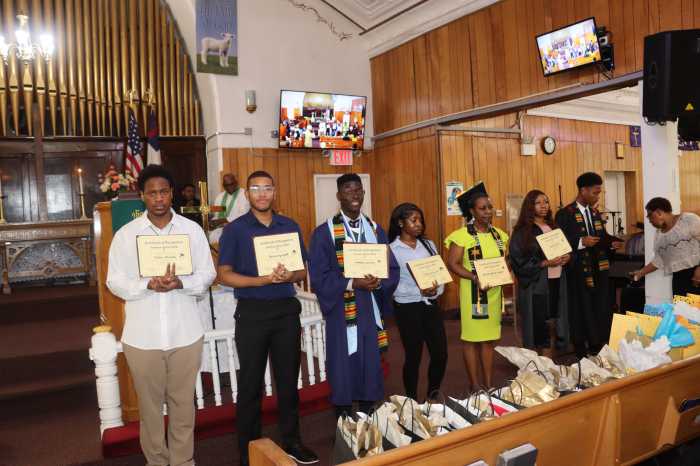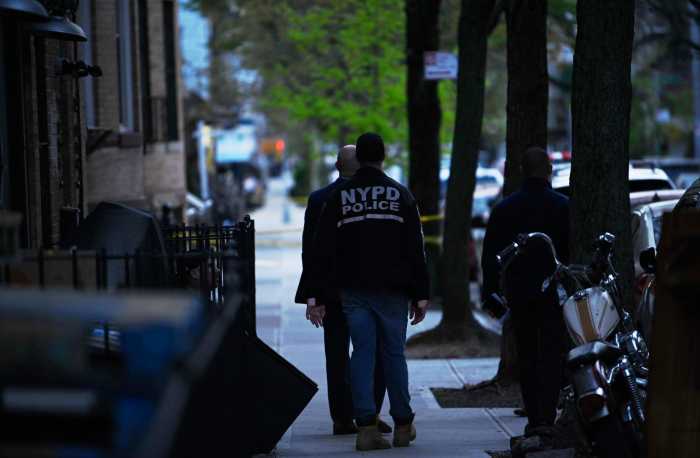Brownstone Brooklynites should get on board with Mayor DeBlasio’s plan to loosen height and design restrictions on construction in historic nabes in order to help house the borough’s booming population, says a panel of residents from several townhouse-rich areas that okayed the scheme on Tuesday.
“I think we have a tendency in brownstone neighborhoods to treat the place we live a little too much like a museum,” said Community Board 6 member Eric McClure, who voted in favor of the plan. “We need to enable population growth and accommodate people.”
McClure and 20 other members of Community Board 6 — which encompasses Red Hook, Carroll Gardens, Cobble Hill, Gowanus, and Park Slope — approved the plan, while eight members voted against it.
The citywide scheme would alter so-called “contextual” zones — charming historic areas where the size and shape of new buildings must adhere to the local aesthetic — to allow developers to build an extra five feet higher and have more design options, in the hope that it will encourage them to create more housing with more attractive designs.
The changes would — in theory — allow folks in those areas to build grander ground floors, court yards, and fancier facades.
An earlier version of the proposal allowed construction to rise an additional 10 to 15-feet along some commercial thoroughfares, but the Department of City Planning reduced the allowance after preservationists — including a vocal Slope contingent — protested, and that compromise helped win many residents over, said a local administrator.
“I think that’s where many of our members recognized that the Department of City Planning’s revisions to what they original proposed were much more in keeping with our expectations,” said Community Board 6 district manager Craig Hammerman.
The panel also voted 24–5 to approve a separate but related city proposal that would require developers seeking land rezoning in certain areas to dedicate at least 25-percent of units in their buildings to below-market-rate housing.
The board gave its blessing with one condition — that developers should not be allowed to build the so-called “affordable” units off-site in a different building, which is currently considered kosher.
But not all members were on board with the proposals. Naysayers claimed the schemes were crafted by developers for developers, and real estate tycoons could not be trusted to solve the city’s housing woes.
“We’re relying on the wrong people to build affordable housing,” said Glenn Kelly, who mounted a staunch opposition to the plans. “The developers were the ones who worked with city planning to come up with this idea. There was no community input, we only got to look at it at the end and tweak it.”
The Department of Buildings will be responsible for ensuring developers don’t abuse the more lenient regulations, but Kelly claimed the city bureau is more chihuahua than watchdog when it comes to regulating big buildings — it is only effective when slapping homeowners with violations, he said.
“If I want to put an extension on my house, they’ll put me through the ringer, if they want to build 400 units of housing, they’ll get carte blanche,” said Kelly.
Community Board 6 wasn’t the only advisory body to vote on proposals Tuesday night. Community Board 2 — which encompasses Brooklyn Heights, Dumbo, Downtown, Fort Greene, and Clinton Hill — backed up its land-use committee’s previous decision to oppose the upzoning but endorse the mandatory below-market housing measure.
And at a poorly attended meeting that stretched late into the evening, Community Board 1 — which covers Greenpoint and Williamsburg — voted to approve compulsory below-market housing proposal, before realizing it didn’t have enough members for a quorum, and shunting the rezoning decision to a future executive committee vote.
The community boards’ votes are purely advisory — the Council will ultimately decide whether to approve the proposals or not.
— Additional reporting by Allegra Hobbs and Lauren Gill.


